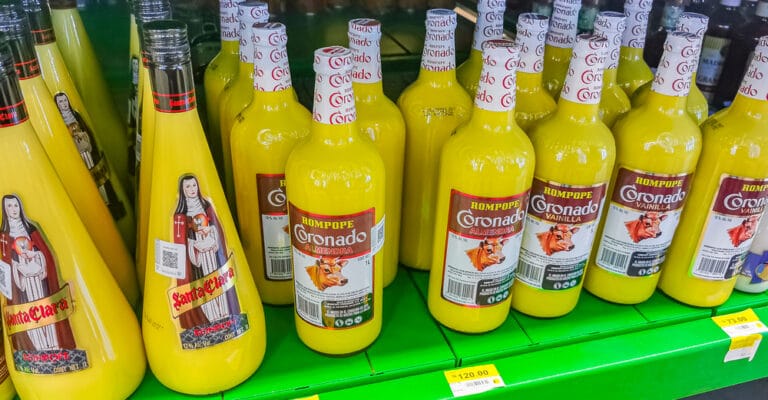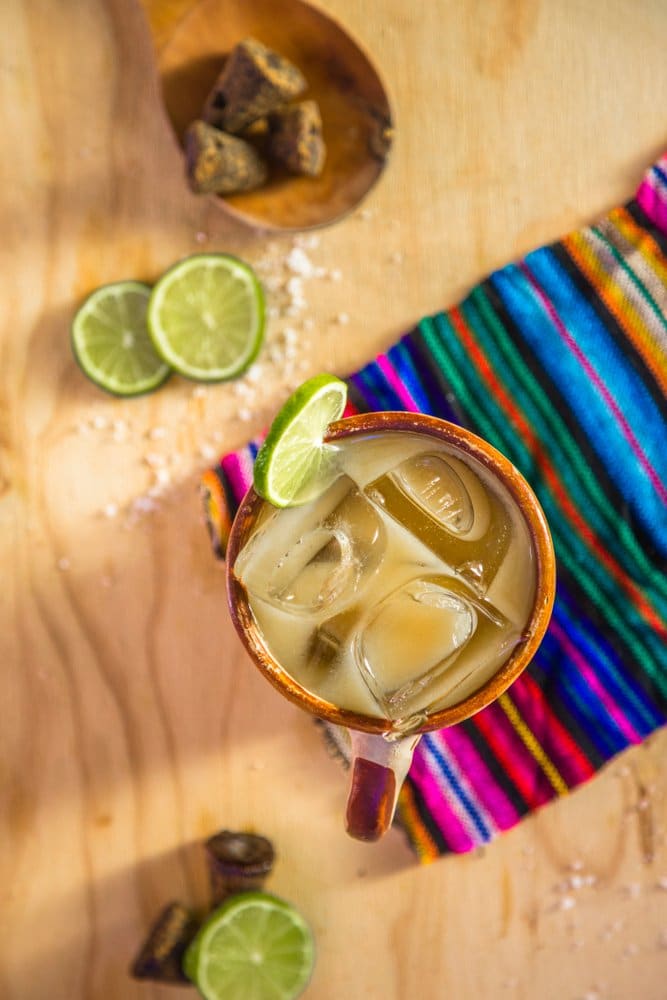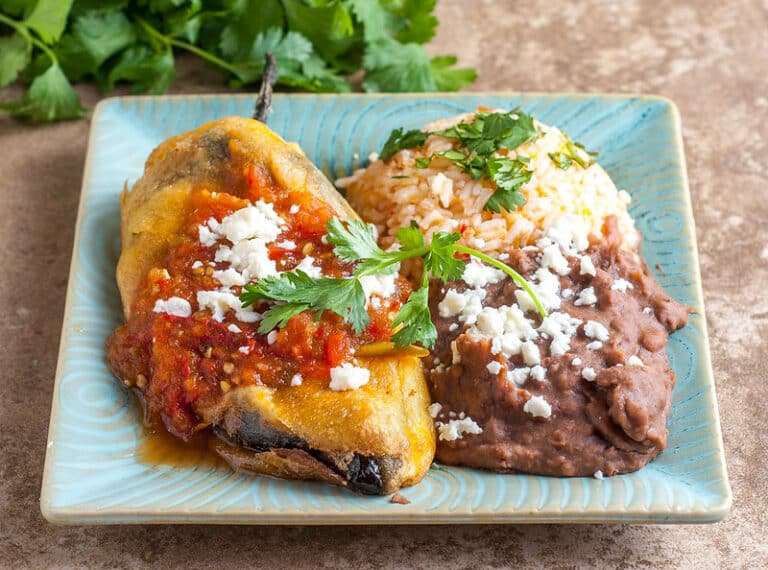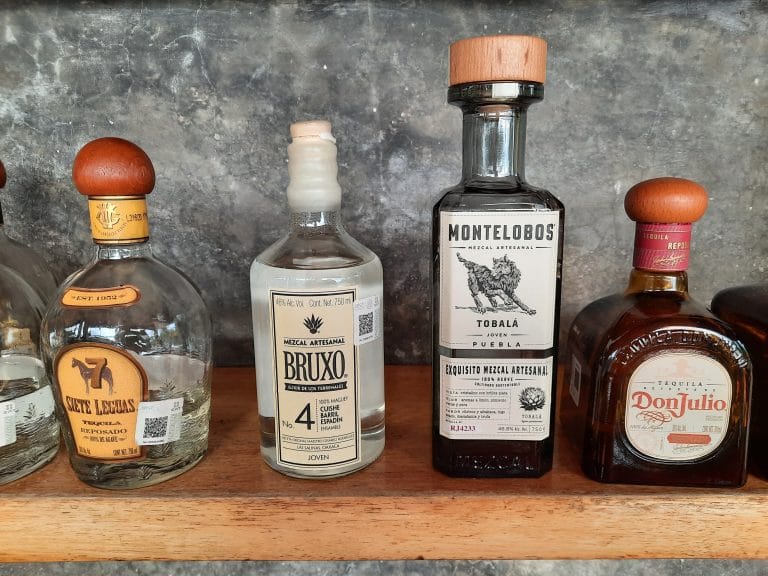Chinicuiles and Mezcal Worms: From Agave to Your Plate
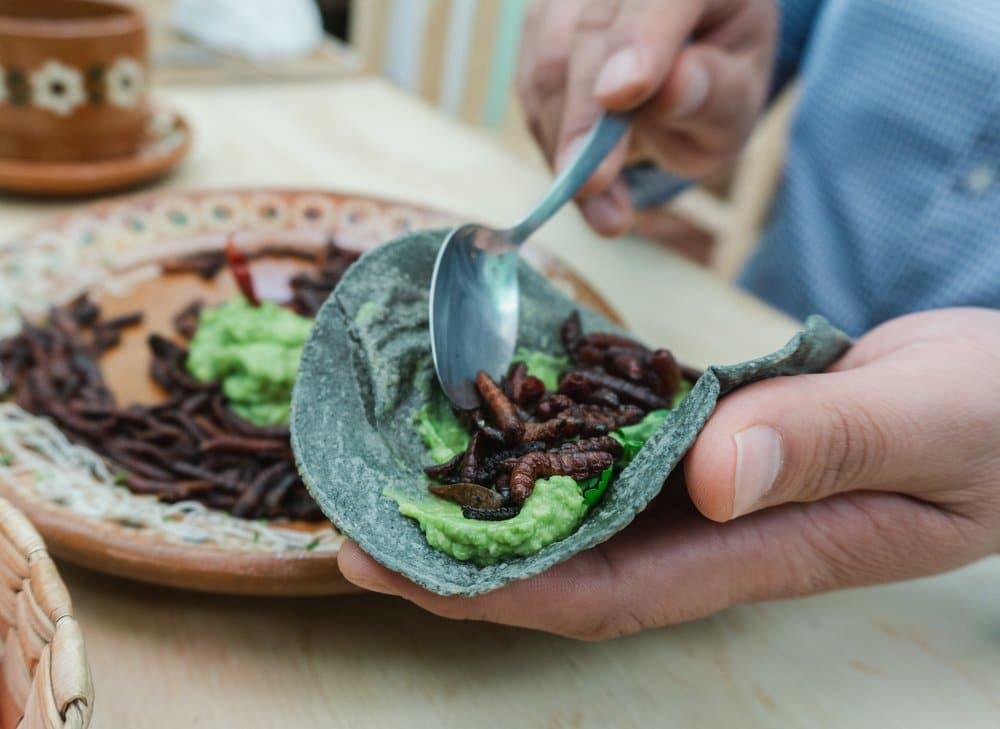
Chinicuiles and Mezcal worms are an essential part of traditional Mexican cuisine.
They are some of the most coveted insects found in the Agave family plant: Maguey.
Agave worms, mezcal worms, and maguey worms are all synonyms
By the way, did you know that everything in the agave plant can be used?
The stalks provide the mixiote, the heart produces the aguamiel to make pulque, the fibers are used to make textiles, and even the insects that live and grow inside them can be consumed. In this case: chinicuiles and mezcal worms.
Chinicuiles and mezcal worms: What is the difference?
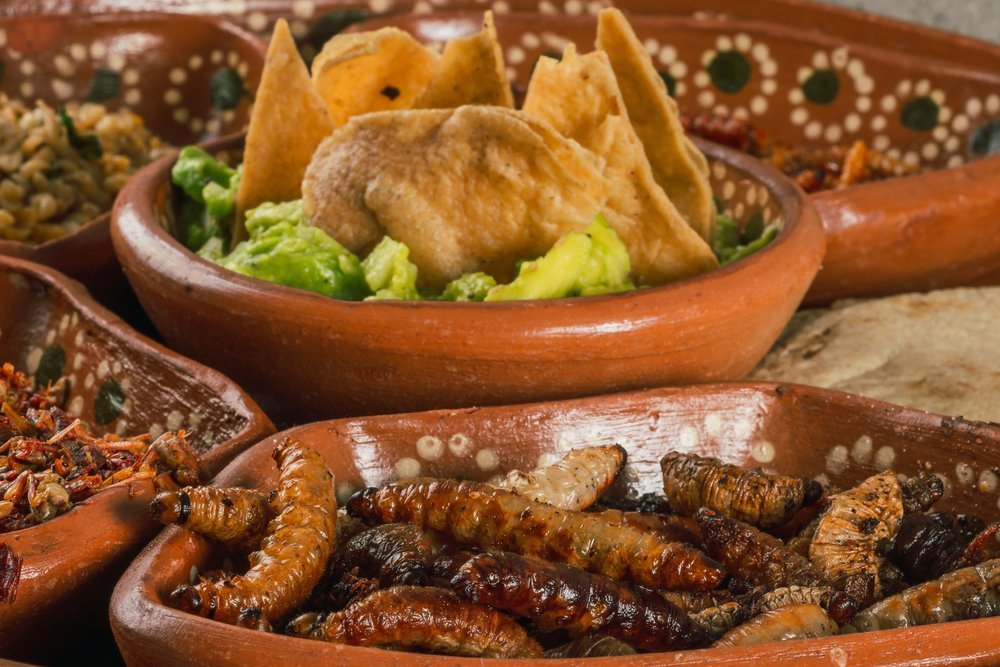
There are two types of worms:
- The red ones are chinicuiles
- The white ones are mezcal or maguey worms
Although they grow on the same plant, they are entirely different, and each has its taste.
The chinicuiles grow on the roots of agave plants. You may have seen them cruising around inside your bottle of mezcal, and they are also the ones that are ground up with saltine to flavor the oranges that pair with it. These worms are pink and red.
Their size does not exceed three cm long, and they are thin.
They have an earthy flavor, you can even distinguish some herbal notes from the maguey, and there is a lot of umami.
Their cost is around 600 pesos per kilo (raw).
Although the season goes from May to October, it is easy to get them all year round because they are extracted when the agaves are cut, and it is relatively easy to collect them.
White mezcal worms, on the other hand, are a delicacy that is much more difficult to obtain
The reason is that these larvae live inside the stalks of the maguey -the variety used to produce pulque- and there are only three to four per plant in the season.
This variety is larger: it measures 5 to 8 centimeters when raw. It can also be distinguished by its white color and is thicker than the chinicuiles.
The price ranges between 1,000 and 1,500 pesos per kilo.
Try Chinicuiles and Mezcal worms with confidence
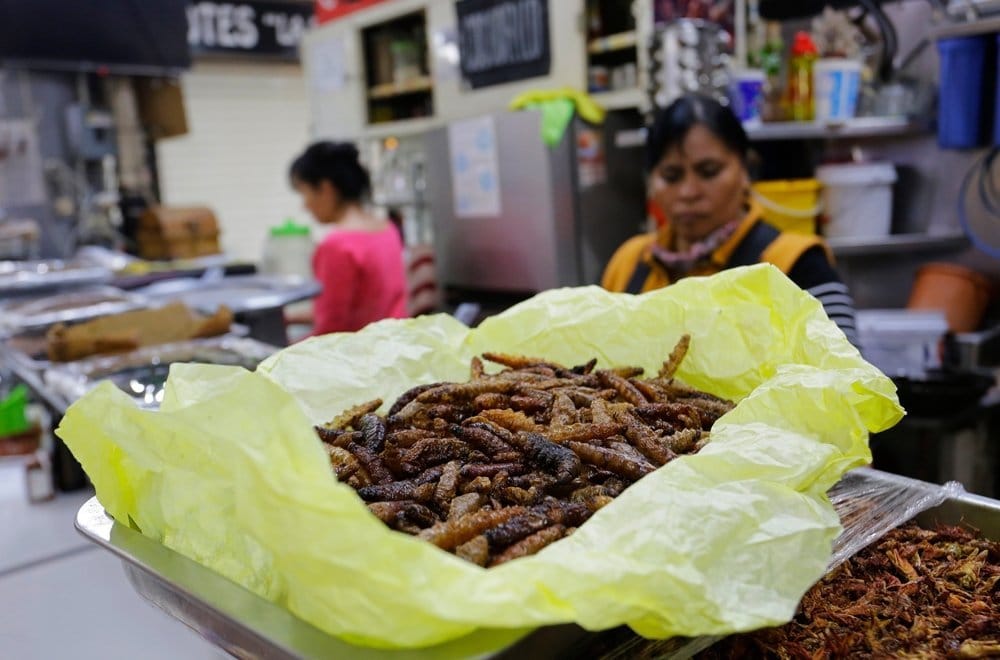
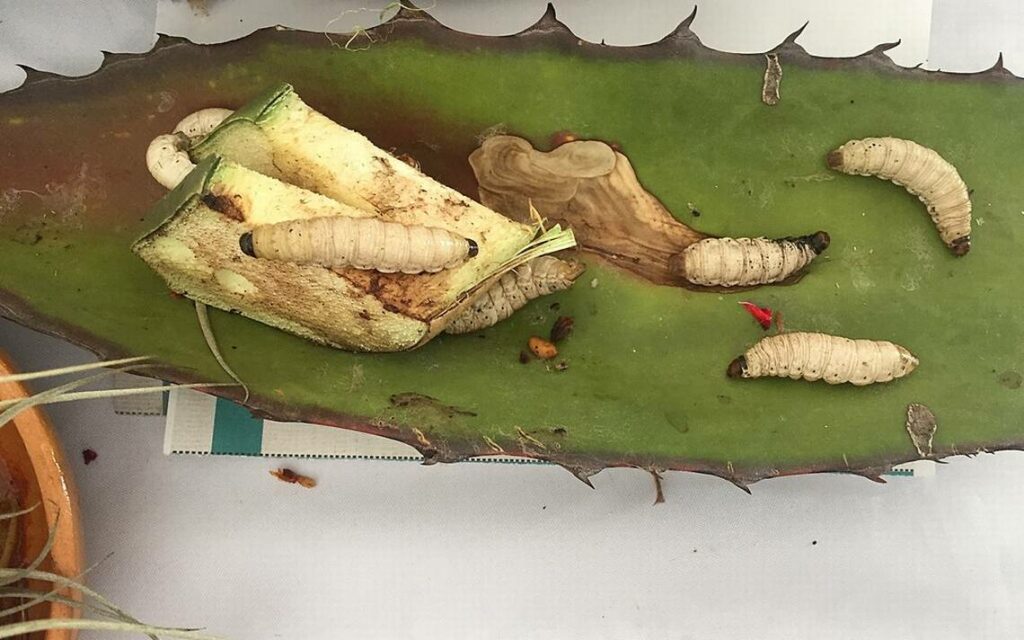
Entomophagy -or the habit of eating insects- is something that, although deeply rooted in Mexican culture, is not so common today.
Consuming mezcal worms, escamoles, jumiles -or any other insect- is an infallible source of proteins and minerals, even containing them in greater proportion than red meat.
To familiarize yourself with chinicuiles, it might be a good idea to start with a good mezcal.
Although there are divided opinions on how much flavor the worm adds to the drink, drinking it with worm salt and an orange crescent will surely enhance the experience.
Chinicuiles are also eaten in tacos, although one of the most popular ways is in sauce recipes -usually red- marinated with guajillo chile.
Mezcal worms, however, are another story. The flavor is so delicate and unique that it is fried in lard or oil, put in a taco with guacamole, and nothing else is needed.
I like to sautée them with fine herbs and butter before placing them in the taco.
The only condition is to season them with something that brings out their flavor (I recommend garlic, onion, epazote, or hoja santa).
Both species are mainly native to Tlaxcala and Hidalgo, where it is said that “everything that runs, walks or flies, goes to the casserole.”
Their season begins before it starts to rain, between May and October.
Why are mezcal worms so expensive?
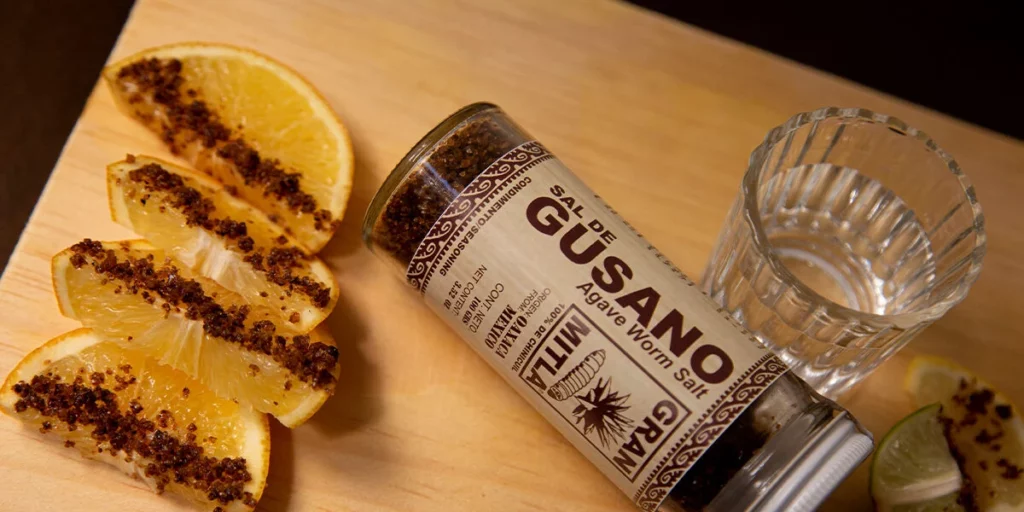
Without a doubt, these insects are in my top 10 favorite dishes.
Since pre-Hispanic times, they have been considered a delicacy, and today they are still in high demand. If ”they are just worms,” you may wonder why their price is so high.
As I’ve mentioned throughout this article, chinicuiles and mezcal worms are the larvae of a butterfly, which grow in the leaves, stalks, and roots of the maguey.
They have a high economic value due to several factors: Firstly, their extraction is difficult since the larvae live inside the stalks, and there are only three to four per plant.
They go through a final test, in which the best worms are chosen, and the less tasty ones have been left aside.
The price is based on labor. Gathering a kilo can take a week and sometimes even longer.
The proximity of the worms to the agave has made them an indispensable product for many mezcal drinkers.
Jacobo Lozano Paez is credited with inventing the addition of the worm to mezcal in the 1940s, selling it mainly in the 1950s.
“I believe the addition of the worm has a great flavor boost.”
jacobo lozano – 1940
Other distillers realized the success of his mezcal. As a result, many urban legends arose about this mixture, with the rumor that the worm is a hallucinogenic additive that potentiates the effects of alcohol.
The states where they are most consumed are Oaxaca, Tlaxcala, and Hidalgo, usually prepared with olive oil or butter.
However, for those not yet ready to consume this little creature, there is a smoked powder made of ground worms, salt, and red chili called sal de gusano.
It serves as a condiment with lime and orange slices, a favorite pairing for those who enjoy a good mezcal.


